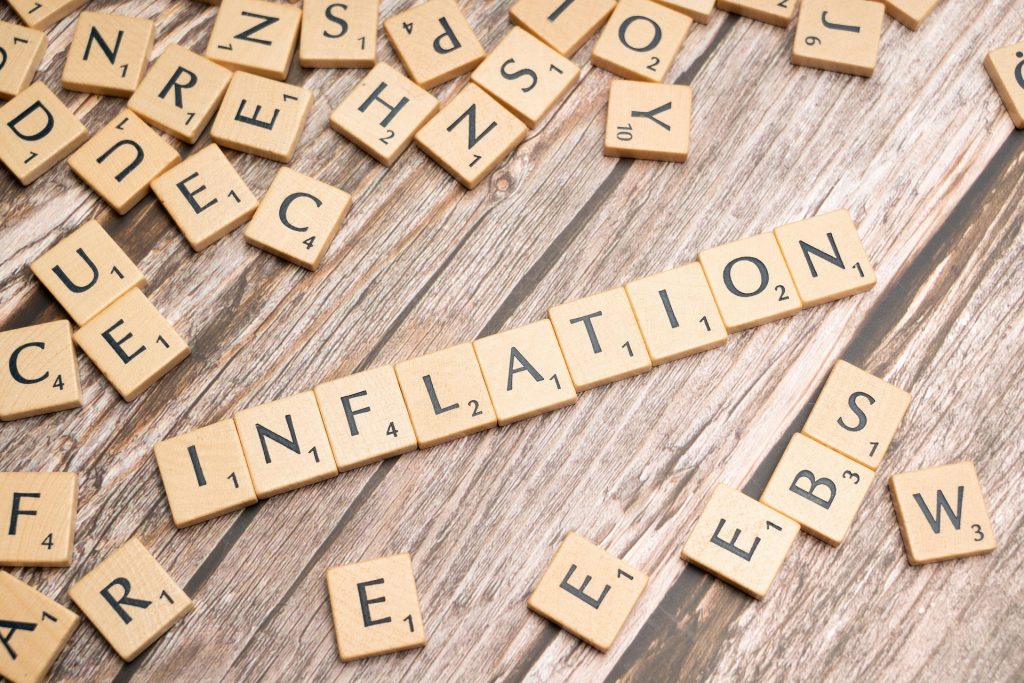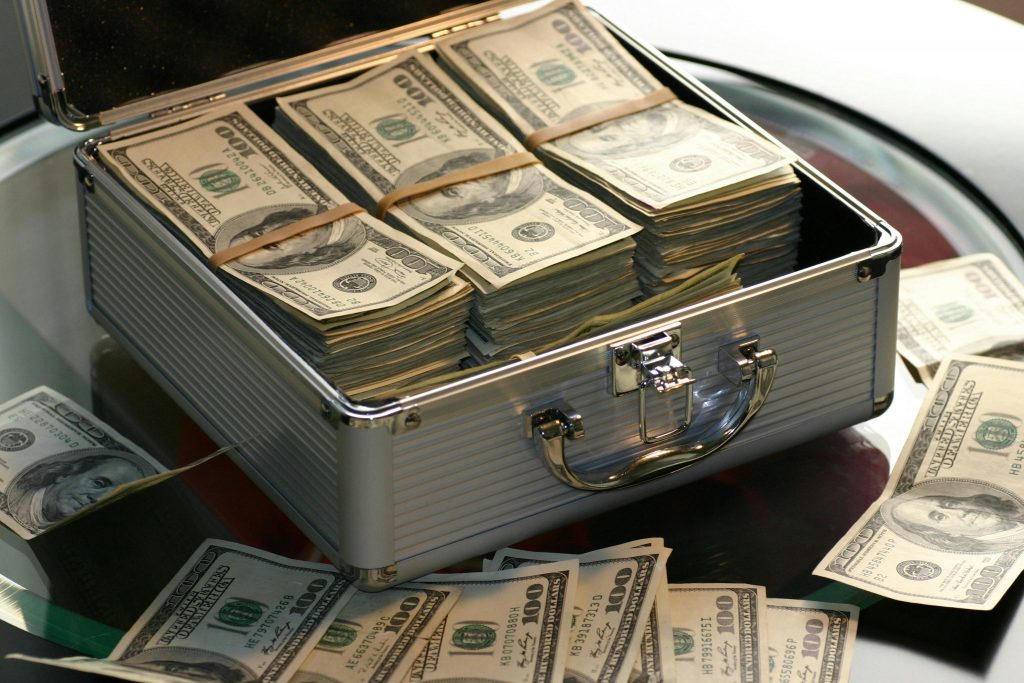
Why Have Lebanese Imports Remained High Despite the Crisis? Some Tentative Answers
| IMPORTS in Millions of USD | Year 2021 | Year 2022 | Change in value | % change | Year 2022 | Year 2023 | Change in value | % change |
| Live animals; animal products | 499 | 550 | 52 | 10.33% | 550 | 787 | 237 | 43.1% |
| Vegetable products | 836 | 990 | 154 | 18.37% | 990 | 945 | -45 | -4.5% |
| Animal or vegetable fats and oils | 197 | 248 | 51 | 25.87% | 248 | 222 | -26 | -10.6% |
| Prepared foodstuffs; beverages, tobacco | 814 | 1,018 | 204 | 25.07% | 1,018 | 1,045 | 28 | 2.7% |
| Mineral products | 3,877 | 5,581 | 1,703 | 43.94% | 5,581 | 4,644 | -936 | -16.8% |
| Products of the chemical or allied industries | 1,460 | 1,165 | -294 | -20.17% | 1,165 | 1,266 | 100 | 8.6% |
| Plastics and articles thereof; rubber | 491 | 629 | 138 | 28.14% | 629 | 554 | -75 | -12.0% |
| Raw hides and skins, leather, furskins | 23 | 34 | 12 | 51.10% | 34 | 41 | 7 | 19.6% |
| Wood and articles of wood; wood charcoal; cork | 121 | 198 | 76 | 63.14% | 198 | 166 | -32 | -15.9% |
| Pulp of wood; paper and paperboard | 194 | 300 | 106 | 54.87% | 300 | 278 | -22 | -7.3% |
| Textiles and textile articles | 336 | 485 | 149 | 44.29% | 485 | 554 | 68 | 14.1% |
| Footwear, umbrellas, artificial flowers | 56 | 94 | 37 | 66.18% | 94 | 111 | 17 | 18.0% |
| Articles of stone, plaster, cement, glass | 221 | 308 | 87 | 39.63% | 308 | 283 | -25 | -8.0% |
| Pearls, precious stones and metals | 1,238 | 1,682 | 444 | 35.83% | 1,682 | 2,526 | 844 | 50.2% |
| Base metals and articles of base metal | 565 | 824 | 259 | 45.85% | 824 | 795 | -28 | -3.5% |
| Machinery; electrical instruments | 1,181 | 2,456 | 1,275 | 107.95% | 2,456 | 1,633 | -824 | -33.5% |
| Vehicles, aircraft, vessels, transport equipment | 1,122 | 1,999 | 876 | 78.06% | 1,999 | 1,152 | -847 | -42.4% |
| Optical, photographic, medical, musical instruments | 187 | 207 | 21 | 11.00% | 207 | 233 | 26 | 12.6% |
| Arms and ammunition; parts and accessories | 7 | 9 | 2 | 24.91% | 9 | 16 | 8 | 87.6% |
| Miscellaneous manufactured articles | 182 | 242 | 60 | 33.14% | 242 | 256 | 14 | 5.7% |
| Works of art, collectors’ pieces and antiques | 34 | 35 | 1 | 2.65% | 35 | 16 | -19 | -55.1% |
| Total imports | 13,641 | 19,054 | 5,413 | 39.68% | 19,054 | 17,524 | -1,530 | -8.0% |
Source: Lebanese Customs
It has always been recognized that the Lebanese economy’s Achilles heel is its current account deficits, and more specifically its large trade deficits and demand for goods imports. For instance, in 2018, one year before the onset of the crisis, goods imports totaled $20 billion, constituting more than 36% of GDP which stood at $55 billion. That was clearly quite a high, if not an alarming ratio; so it would have been reasonable to assume that this ratio would go down during the crisis years, given the severe drop in income and the collapse of the exchange rate. Surprisingly, however, that wasn’t the case: in 2022 and 2023 imports stood at $19 billion and $17.5 billion respectively, whereas GDP for the corresponding years stood at $20.9 billion and $18.2 billion, thus implying import ratios of more than 90% and 96% respectively! So what is going on? Why did high imports resist and persist? Something is amiss; and the purpose of this note is to provide some tentative answers to this economic anomaly.
The table above presents the HS1 classification for Lebanese goods imports. These increased from $13.6 billion in 2021 to a whopping $19 billion in 2022. The prevailing explanation for the rise in 2022 centered on the fact that importers were stocking up on imports to pre-empt the rise in the customs dollar in 2023 from 1,500 LBP to 86,000 LBP[1]. And true to form, all import categories did increase in 2022[2], with the highest increases seen for machinery and vehicles at 108% and 78% respectively (minerals saw an increase of 44%, but that also could be explained by the rise in oil prices which increased from $68 to $94 per barrel). Of course, this explanation would have expected imports to fall back in 2023; though this happened, it was only marginal, as it fell by 8% only to $17.5 billion. In fact, some categories like textiles, footwear, and live animals actually increased; and, significantly, it was precious metals that increased the most by 50% (after an increase by 36% in 2022), perhaps reflecting the rising demand for gold as a wealth abode and a hedge against inflation and the crisis in general. The bottom line, however, is that goods imports failed to adjust, and remained relatively quite high at 96% of GDP and $4 billion higher than their 2021 level!
Why is that? We suggest three tentative answers, whose validity can be established through rigorous empirical verification:
First, Lebanon could be importing for ‘two countries’: itself and Syria. This is plausible, but perhaps it doesn’t capture the entire story, as unclassified transactions in the 2023 balance of payments stood at only $1.6 billion.
Second, there are strong wealth effects. The collapse of the exchange rate and the steady increase in the price of gold have made people who hoard gold and USD (perhaps most of the middle and upper classes) feel richer and have enticed them to buy and import more. As important, the retiring of USD debt (mostly for housing loans, but also for corporates) at considerably undervalued exchange rates generated a transfer of wealth of more than $15 billion from creditors to debtors, most likely from those of lower to higher propensity to consume, which must have coaxed more consumption (and investment) and consequently imports.
Third, GDP could be undervalued as it does not seem to be consistent with the level of imports; it could also be causing the excessive overvaluation in the import to GDP ratios. In this respect, note that the Central Administration of Statistics (CAS) provides national accounts data for up to 2020 only, and all data for the later years are just sporadic estimates. And what supports the view that GDP could be higher than estimated is mainly the following: the higher valuations at more favorable exchange rates, especially in 2023 where the exchange rate remained stable at 89,500 LBP for a major part of the period[3]; the higher imports of investment goods; and (though controversial) the larger population driven primarily by the increase in Syrian refugees.
After close to five years in crisis, Lebanon has managed to achieve stability without stabilization policies; and that was reflected by a strong demand in goods imports, and perhaps should be reflected by better GDP figures. But this is something that we should not be very proud of as it merely shows the strength of built-in stabilizers and the effectiveness of some corrective action by BDL[4]. What we should feel very proud of, however, is the implementation of structural reform policies that would help expand domestic production and reduce import dependence, and consequently shift permanently the trade and current account ratios to steady, sustainable levels.
[1] Currently the customs dollar is at 89,500 LBP; but it increased gradually from 15,000 to 45,000 to 86,000 LBP by May 2023.
[2] The exception being products of the chemicals (pharmaceuticals) which fell by 20% due to government price ceilings, which were lifted in 2023 and consequently imports recovered by 9%.
[3] In fact, the stable exchange rate in most of 2023 could have helped, through its price effect, to maintain the relatively strong import demand, besides the ‘undervalued’ income effect.
[4] BDL’s correction policy relates mostly to restoring exchange rate stability, which was accomplished basically through two actions: stopping deficit monetization and eliminating speculation by clamping down on foreign exchange dealers.



